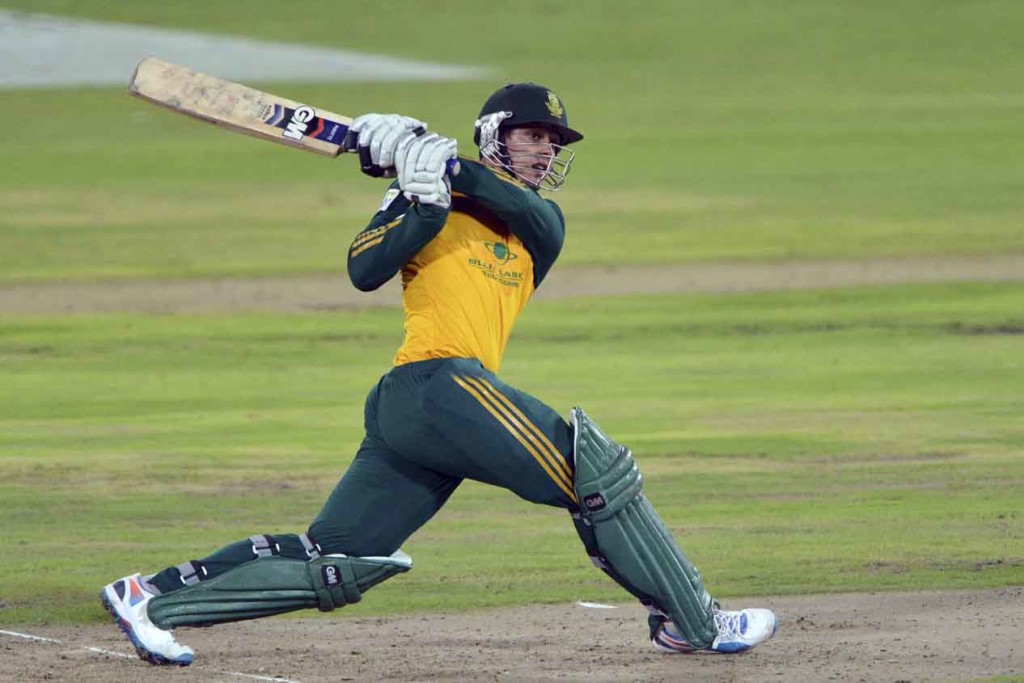It’s fitting that Quinton de Kock is being spoken about in the same breath as Sir Vivian Richards and Kevin Pietersen.
Since De Kock’s international debut in 2012, it’s been obvious to the layman and expert alike that he possesses something special. That brilliance, which was so fleeting during his first season with the Proteas, is now starting to manifest itself on a consistent basis.
De Kock has been a shining light, and yet, his star is still on the rise. These are exciting and important times for a Proteas team that has one eye on the 2015 World Cup.
This past week, De Kock became the joint fastest batsman to 1 000 ODI runs. It was a big moment for South African cricket, as well as a youngster who has now equalled the record held by Richards, Pietersen, and Jonathan Trott.
It’s a record that De Kock will undoubtedly treasure. It marks him as a batsman of substance, and invites a comparison between himself and the stylish Richards and Pietersen. With apologies to the hard-grafting but less talented Trott, but he is the odd man out in a group comprised largely of attack-minded artisans.
When interviewed, so many up-and-coming sportsmen talk about their childhood heroes and who they tried to emulate. When I spoke to De Kock ahead of the 2013-14 season, there was respect, and a touch of admiration for those who had come before him.
However, what was clear in that interview and so many others that have followed is that De Kock wants to leave his own indelible mark on the game. He is not the ‘next’ Matthew Hayden, Adam Gilchrist, or, for the purposes of this argument, Richards or Pietersen. He is going to be remembered as the Quinton de Kock.
It may smack of arrogance to some, but then great players have always been able to walk the talk. De Kock may not be deserving of the title just yet, but his recent performances suggest it could be a matter of when rather than if he ascends to the level of ‘great’.
De Kock produced a mixed showing in his first season with the Proteas ODI and T20I sides. He was adamant that he would bounce back from that disappointing 2013 tour to Sri Lanka, where he had battled against the hosts’ spinners.
Since then, he has scored five centuries and two 50s, at an average of 63.53. It’s a remarkable conversion rate, and an emphatic answer to those critics who felt he didn’t have the head to complement his quick eye and hands.
He’s already made a statement in the past two years. He will have the chance to make another when he faces the Aussies in Zimbabwe later this month, and in Australia this November. The latter series will be especially significant, considering the World Cup will be staged in that country next February.
Photo: Backpagepix







